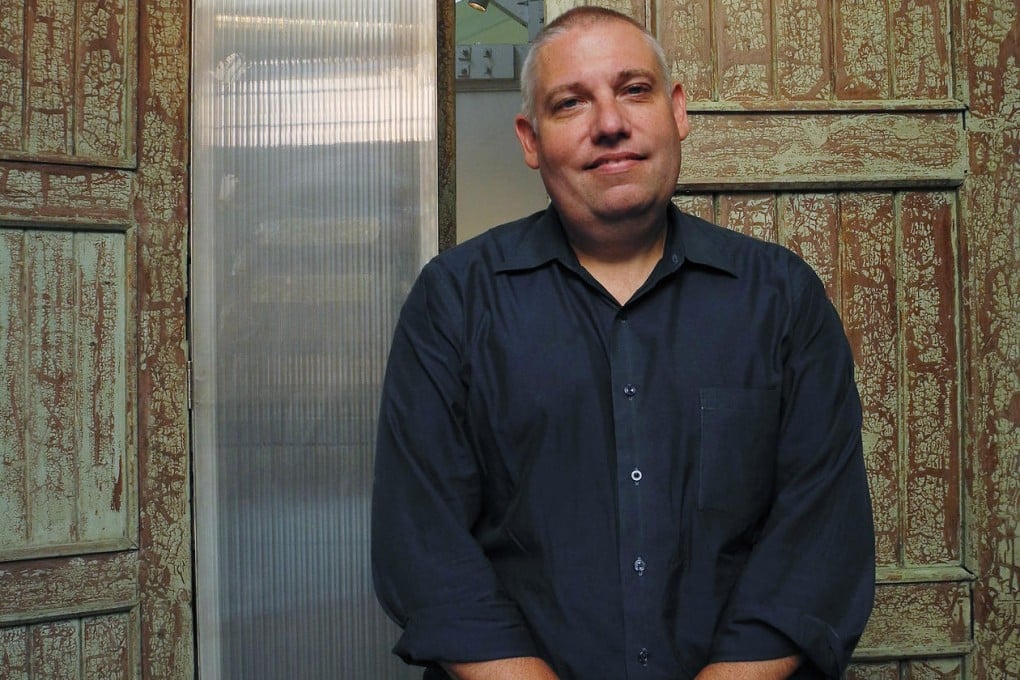China's urban landscapes take on new meaning for New York architect
China's museum boom is the focus of a study headed by a New York-based architect who studies rapid urbanisation on the mainland

New York architect Jeffrey Johnson first visited China in the spring of 2006 with a group of students he was teaching at the graduate school of architecture, planning and preservation (GSAPP) at Columbia University. The trip took them to Shanghai and then a small town with historic buildings on the outskirts of Ningbo. Since that first and entirely new experience of China, Johnson has kept coming back each year, bringing students during the summer to conduct research on the nation's rapid urbanisation. In 2009, when the China Megacities Lab was formed at GSAPP to focus on issues related to China's changing urban landscape, Johnson became its director. Early this year, Johnson was appointed the co-curator of the Shenzhen part of the 5th Shenzhen and Hong Kong Bi-City Biennale of Urbanism\Architecture, which will open in December in Shekou.
My first impression of Shanghai was by night. I was amazed by what I saw. It was quite spectacular, especially the blue lights that highlighted the elevated highways that cut through the density of the city. What I now feel after numerous visits to China is that Shanghai is the city probably most like New York. However, at the time, it was an entirely new experience.
The studio project was in a small town just outside of Ningbo. It was an historic site with many historic courtyard buildings. It was also the location of a huge defunct cement factory and stone quarry. The project was to consider how to capitalise on its architectural history yet plan for future growth. The town suffers, as many similar ones do, because most of the young people have left to find employment in the city. This experience was much different than that of Shanghai.
Our latest project is about the museum boom in China. We started last summer with a team of students cataloguing and analysing as many museums as possible. We focused mostly on contemporary art museums because we feel they, in a way, best represent the contemporary culture. So the focus of the research is not only to assess the condition of the museum booms but also the forces, the ambitions and the motivations behind as well.